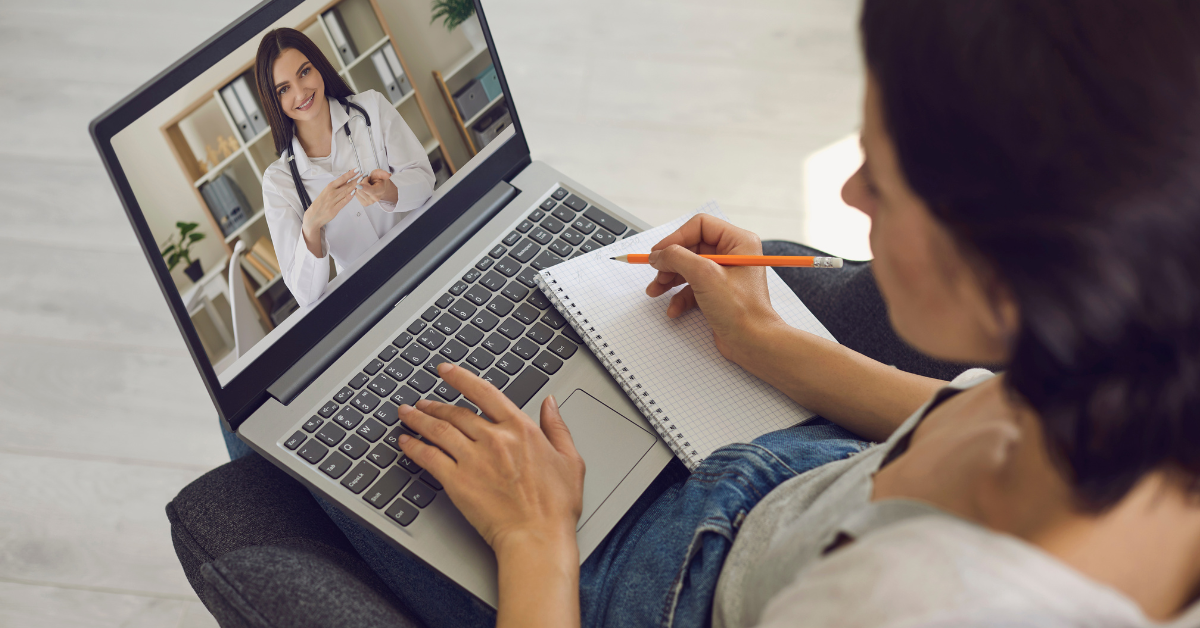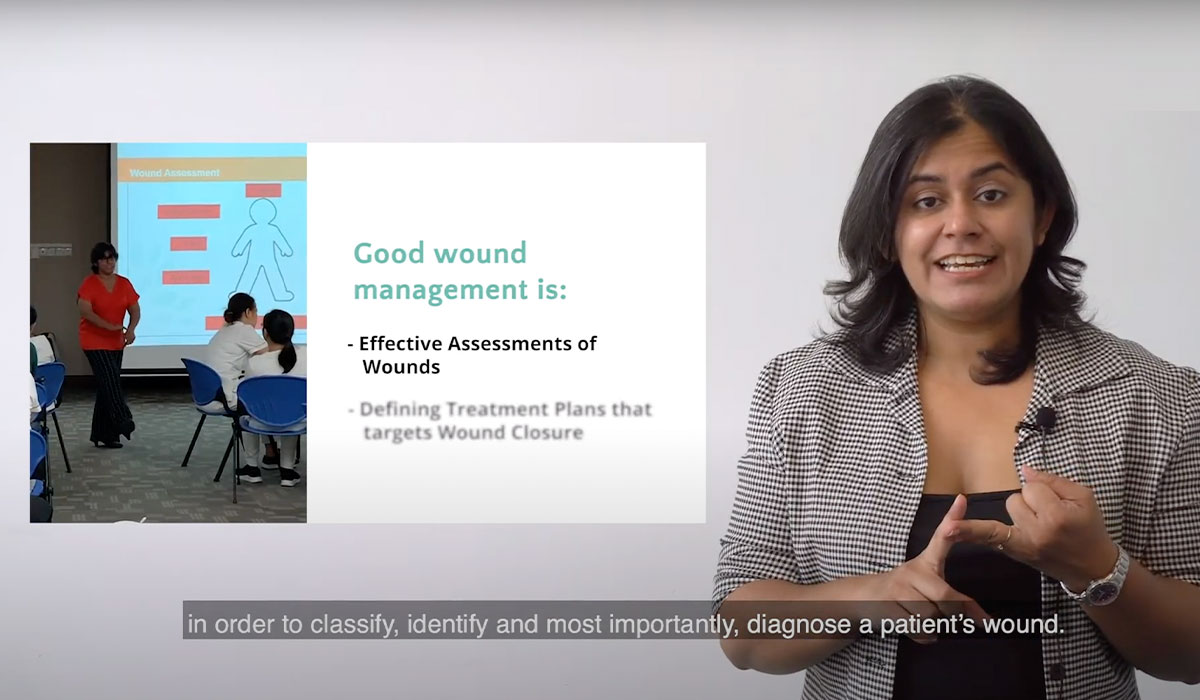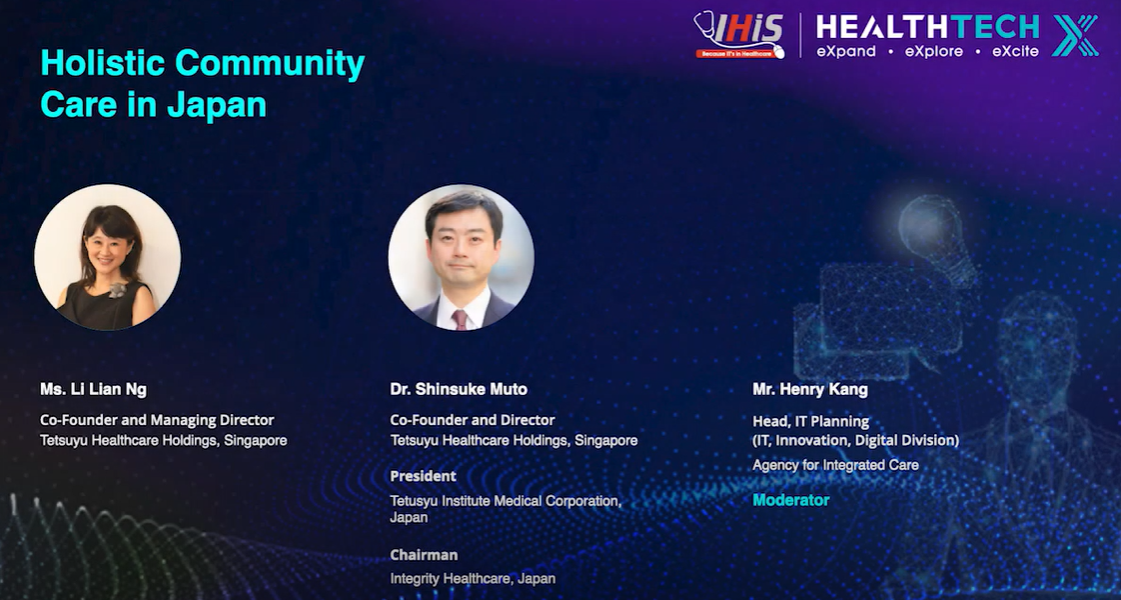A study conducted on CARES4WOUNDS (C4W) by The University of Tokyo (TODAI) during COVID 19 lockdown was published in Wounds Australia’s Wound Practice and Research Journal. The study looked at how high-quality clinical practices and policies can relieve the burden of wounds on society. TODAI compared the use of apps like C4W in delivering productivity and quality outcomes against traditional home visits.
Japan’s rapidly growing ageing population means that more than 700,000 elderly people are using the visiting nursing services, where home care is being pushed as a strategic medical policy. This contributes to the demand for wound care in home settings, which is set to continue growing.
Daily wound care is a common service provided by visiting nurses in Japan, either at patient’s homes or nursing homes. Often, collaboration with wound, ostomy and continence nurses (WOCNs) are crucial as these consultations help to improve wound healing time for chronic wounds. However, 88.9% of WOCNs are associated with hospitals which creates a challenge for home care as providing home visits becomes a time consuming task.
With C4W, the WOCNs can easily access and review the patient and wound information input by the visiting nurses in the system before the first teleconsultation with the patient. The application includes a high quality video call function that allows for the teleconsultation to take place between the patient and the medical professionals. The WOCNs can then record the assessments and care recommendations after the video consultation which are then conveyed to the patients by the visiting nurses for their next course of action.
A case of a woman in her 90s who lived in a group home for dementia patients and had severe kidney disease was suffering from a wound on the back of her left lower leg for a few months. The patient’s wound was treated as a pressure injury (PI), where she received several wound treatments by a physician followed by visiting nursing services. Daily wound care for around three weeks, including cleaning and dressing were provided to the patient yet no healing progress was noted. This was when teleconsultations with WOCNs using the app were brought into the picture.
Prior to the first weekly teleconsultation, the wound displayed unhealthy and undermining granulation tissue, and the lower leg was oedematous. With teleconsultations using C4W, the WOCNs were able to observe and provide weekly advice on the actions to take in the process of healing the wound. By the second week, the undermining had disappeared and the skin around it had wrinkled, showing that the oedema was going away. Around the third week, epithelialization started and by the seventh week, the wound had healed.
This case demonstrated how an older adult patient’s wound healed after receiving teleconsultation from a WOCN via the CARES4WOUNDSJP app. The provision of general wound care by the visiting nurses alone was not sufficient. Having real-time and high quality video consultations enabled the WOCN to evaluate and pinpoint the causes of slow wound healing while making precise and useful treatment suggestions that helped to hasten recovery.
Overall it was concluded that CARES4WOUNDS‑JP helped WOCNs and visiting nurses to assess wounds together through video teleconsultations. Sharing patient data through the app before video calls supported smooth assessments. Teleconsultations using the app could further broaden WOCNs’ activities in community settings.



